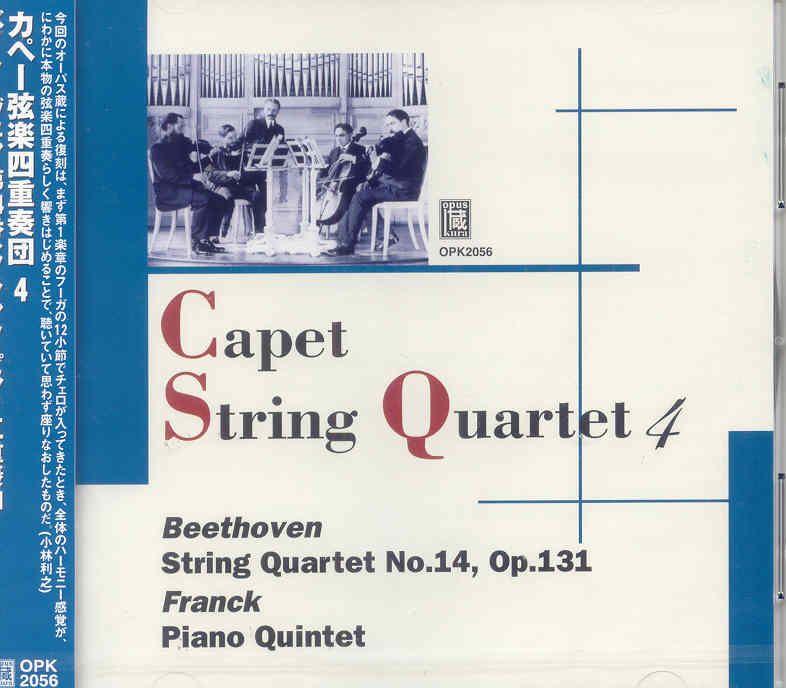canel.netlify.com
Trittico Botticelliano Program Notes Randall


Major Orchestral Works 1902 Piano Concerto 1914 Sinfonia drammatica 1916 Fountains of Rome 1917 Ancient Airs and Dances Suite 1 1919 La boutique fantasque 1921 Concerto gregoriano for Violin and Orchestra 1923 Ancient Airs and Dances Suite 2 1924 Pines of Rome 1925 Concerto for Piano in the Mixolydian Mode 1925 Poema autunnale for Violin and Orchestra 1925 Church Windows 1925 Rossiniana 1927 The Birds 1927 Trittico botticelliano 1928 Impressioni brasiliane 1928 Toccata for Piano and Orchestra 1928 Roman Festivals 1931 Ancient Airs and Dances Suite 3 1934 Belkis, Queen of Sheba Suite. Battle chess game of kings free download full version. Pines of Rome (1924) PROGRAM NOTES & COMMENTARY Ah, Italy! The very name conjures forth images of Imperial Rome, the gently rolling hills of Tuscany, the amazing Mediterranean coast, and.opera. Italy is the land of the voice, where vocal music has always reigned supreme. Since the birth of opera in 1600, Italians have emphasized the vocal element in music. We search in vain for symphonic Italian composers from the time of Beethoven until.Respighi.
Trittico Botticelliano. Composed in 1927. First Performance: September 27, 1927, at the Konzerthous of Vienna with the composer conducting. Program Notes (79. Trittico Botticelliano Program Notes Band. 2/8/2018 0 Comments Now for a limited time, enjoy 50% off PRIORITY AIR shipping around the world on orders $30 USD and over. Return to program notes page home. Michael Allsen Madison Symphony Orchestra and Other Program Notes 1984-2019 This is a list of commissioned program notes on over 1500 distinct works. Notes are cued to the MSO season for which I wrote them. Where appropriate, works are linked to notes. The Trittico Botticelliano consists of three movements. A listing of Classical Music Blogs external to MusicWeb International. Trittico Botticelliano Program Notes For Faure Requiem. Programme Note Library. List of Programme Notes by Mike Wheeler. Orchestral notes: Choral/vocal/stage. Trittico botticelliano Reznicek, Emil von Donna Diana overture.
As you will hear in the audio examples, here we have a figure of major importance in the history of Italian music. Respighi Video Links Offered here is a fine performance of the last movement of Feste Romane, with Massimo Zanetti conducting the NHK Symphony in Tokyo (2008).
An elegant conductor! Fine playing, as well. Just when you think you have seen and heard everything, something like this comes up: a version of Feste Romane for band (with cellos and basses!). Wow, that is a LOT of clarinets!
I think it actually works pretty well for band.Comments? Do you like the saxophones? I maintain that Pines of Rome is the loudest piece of music ever composed, and here we have a rousing rendition of the final movement, performed by Herbert von Karajan and the Berlin Philharmonic (in Osaka!). I have friends who play in the Berlin Philharmonic, and they always tell me that it was impossible to follow von Karajan’s beat: the orchestra followed the Concertmaster! He conducted the essence of the music Wow! This is a MUST-SEE!
Trittico Botticelliano Program Notes Randallstown
You will recall from the audio commentary that Arturo Toscanini was the conductor who helped establish the international success and fame of Ottorino Respighi. Here is rare footage of the century’s greatest conductor (by many accounts) performing the last movement of Pines of Rome. Please compare with the von Karajan rendition! Amazing difference in tempos! Toscanini was the tyrant of the orchestra, who was known to physically assault players on occasion, and who openly defied Mussolini and refused to conduct in Nazi Germany. His famous comment was “If I was capable of killing a man, I would kill Mussolini.” He was 85 when this footage was filmed.
An example of a rarely-heard work by Respighi, the Adagio con variazione, performed by Misha Maisky. Does this sound like the composer of Pines of Rome and Feste Romane? Respighi had a very eclectic style and was easily able to compose music of archaic and Neo-Classic style. Respighi’s The Birds ( Gli uccelli ) has always been one of my favorite works of the composer. Here is the opening movement in a ballet performance. Much of the later music of Respighi is based on themes from earlier musical periods, such as the Renaissance and Baroque eras.
Trittico Botticelliano Program Notes Randall Cobb
For those art-lovers out there I offer here an interesting example of music and art together: Respighi’s Ancient Airs and Dances with paintings of the great Italian Baroque artist Caravaggio as a backdrop. It is always good to have a multi-disciplinary approach to the arts! WARNING: there are some disturbing paintings here! Respighi’s ballet La boutique fantasque ( The Magic Toy Shop ) is seen here in a staged production. The original music was by Rossini, and was wonderfully arranged and orchestrated by Respighi in 1919.